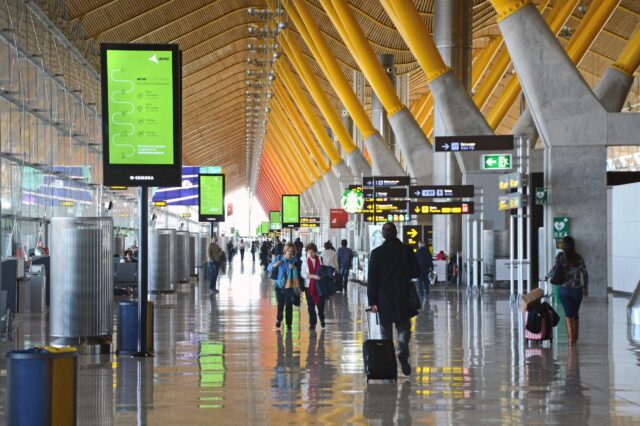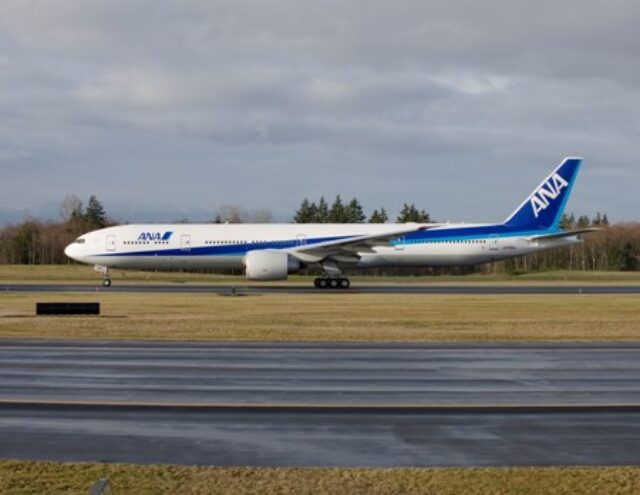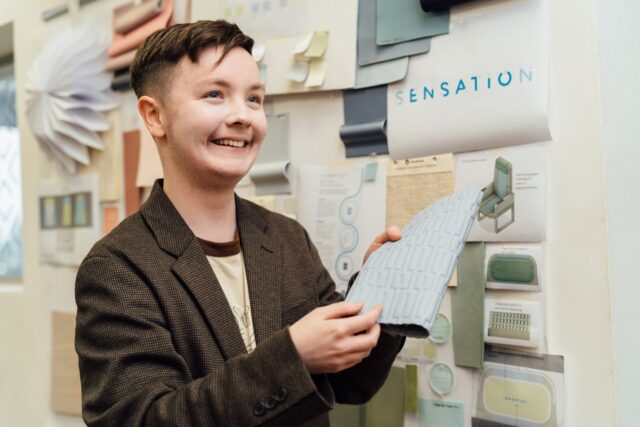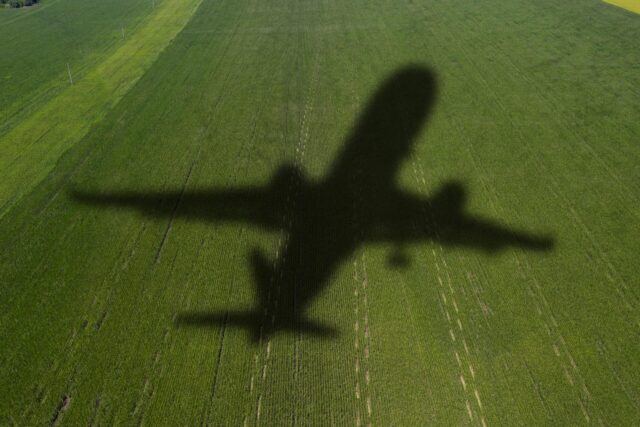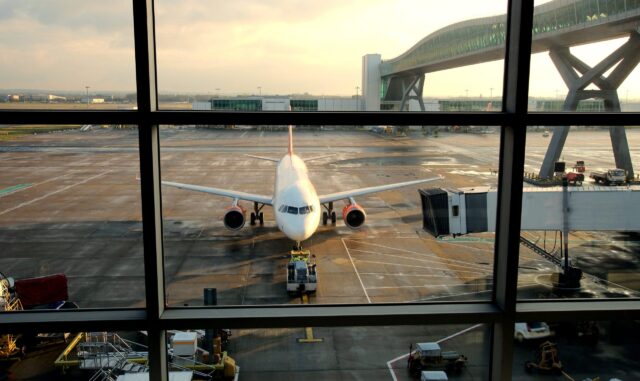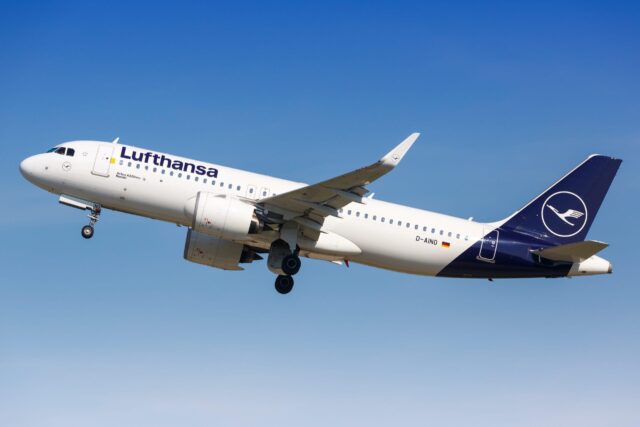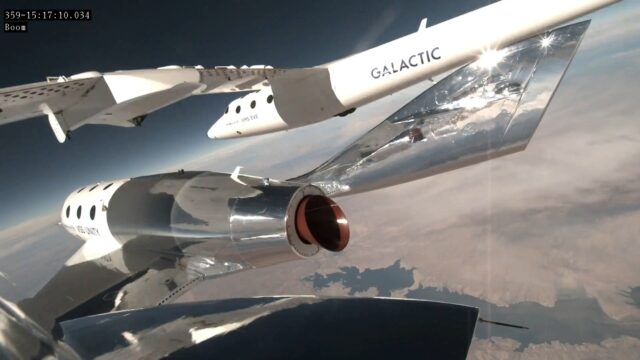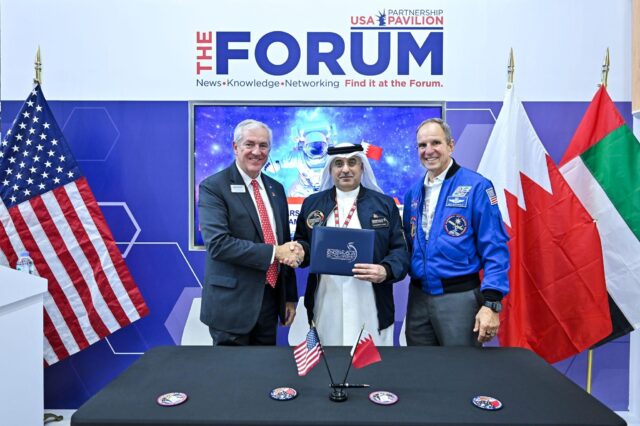Electric seaplane startup Elfly secures EASA backing for Noemi prototype

During the 2025 Paris Air Show, Norwegian startup Elfly formalised its cooperation with the European Union Aviation Safety Agency (EASA) via the signing of a pre-application contract (PAC).
The PAC is an innovation-focused framework developed by EASA to support aircraft developers who are working on novel or disruptive aviation technologies. It’s an early stage agreement to collaborate during the development process, that helps to de-risk the path to certification.
For Elfly, the developers of a clean sheet, next generation seaplane called Noemi (no emissions), having EASA onboard at this early stage is highly advantageous. Elfly will now have a structured path towards permit-to-fly, and a smoother journey to full certification down the line.

“The Noemi project represents an exciting and ambitious vision for the future of sustainable aviation, and we look forward to supporting Elfly as they progress towards a safe and flightworthy prototype,” says David Solar, EASA Head of Sustainability. “Collaborative early engagement is key to enabling innovative new aircraft like Noemi to reach the market in a safe and timely way.”
The agreement comes less than a week after Elfly successfully test flew its scale prototype in Norway.

How will EASA work with Elfly to move the Noemi towards certification?
EASA and Elfly’s agreement is a critical step that validates the feasibility of the Noemi electric seaplane. It sets the stage for future certification, and signals early buy-in from the regulator.
By signing the PAC, Elfly now has the formal engagement of EASA for Noemi’s development. The regulator will review the deign, materials and technologies being used, creating a dialogue where any safety or compliance issues can be flagged before they become costly.
This is especially important for a clean-sheet aircraft like Noemi, where regulators have little to no precedent to follow.

The PAC agreement supports the permit-to-fly process for the full scale Noemi prototype, which is expected to be ready to fly in 2027. It ensures that when Noemi flies, it does so with EASA oversight, adding credibility and stimulating increased operator and investor confidence.
Because Noemi is propulsion agnostic, designed for electric, hybrid or conventional engines, and even hydrogen in the future, the PAC lets Elfly explore these options within the regulatory framework.
Elfly’s Noemi is outperforming the Twin Otter in all metrics
Noemi – standing for ‘no emissions’ – is a clean sheet design built for amphibious operations. While it’s being created to run on electricity, Elfly is keen to ensure the end result is propulsion agnostic, capable of running on pure electric, hybrid, hydrogen or conventional fuel.
Designed to land on any surface, including water, the aircraft is being created as a connectivity solution for the future. “We call it the go anywhere plane,” says Lithun.
Elfly successfully completed a debut flight of a 1/5 scale model with a 4.5 metre wingspan on Friday, 13 June. The aircraft took off from a fjord near Tonsberg, Norway, and successfully completed two touch-and-go operations.

Speaking to AGN on the sidelines of the Paris Air Show, Lithun noted that the scale prototype flight testing is progressing extremely well, with everything performing as expected.
“We’re doing hydrodynamic testing and aerodynamic testing,” Lithun told AGN. “We have some really good numbers, and the Noemi is outperforming the Twin Otter in every metric.”

The Noemi difference comes in the aircraft’s innovative design. Its sleek fuselage makes it much more of a proper ‘flying boat’ as opposed to an aircraft with cumbersome floats.
“It’s a great boat that also flies,” says Lithun. “It’s aerodynamically efficient in the air, and safe in the water too. It’s not a plane that’s supposed to be on the ground that you decide to try and land on water.”
Lithun noted interest from military buyers as well as commercial operators, noting that the marines have no modern options for amphibious aircraft.
Elfly has already had 47 ‘soft’ orders for the aircraft worth an estimated $500 million, and additional interest for 300 more from operators around the world. A full size prototype is expected to fly in 2027, with the company targeting entry into service in 2030.




